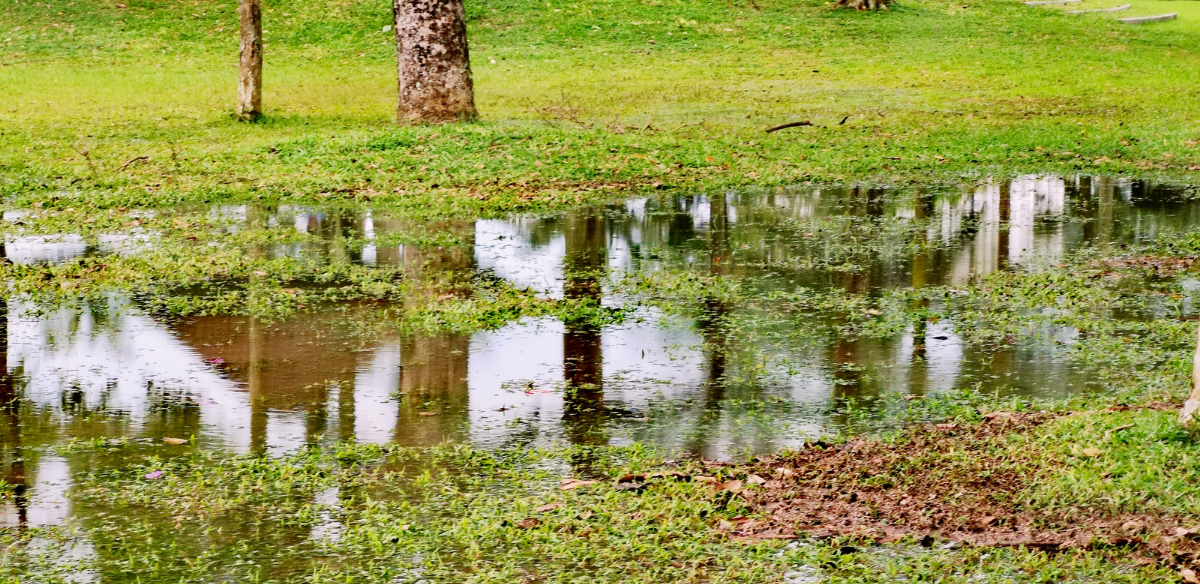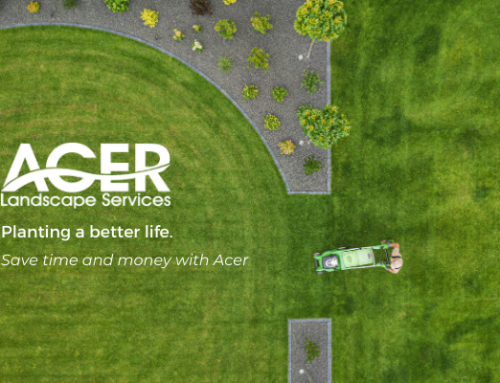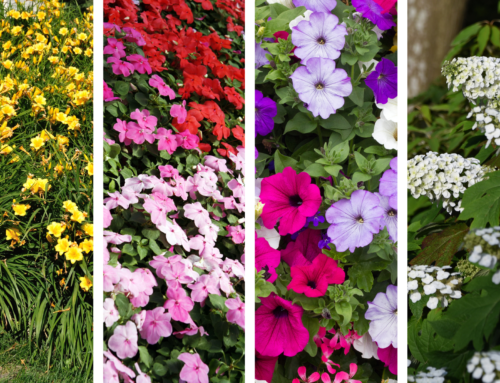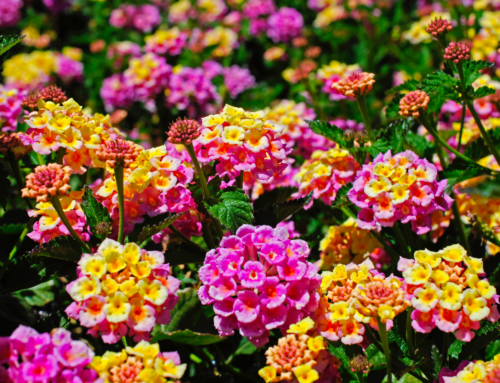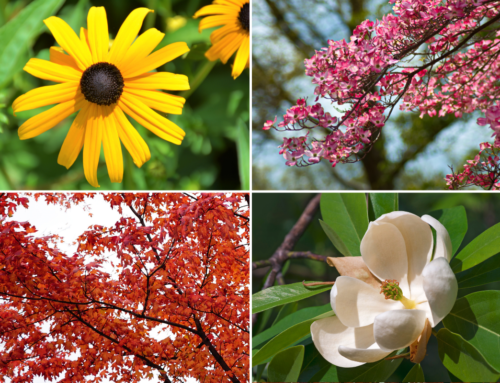Fix Your Property’s Lawn Drainage Issues
Does your residential or commercial property have drainage problems? If you are experiencing big puddles, flooding, stained walkways, and/or moisture coming through the property’s structural foundation, then the property likely has drainage issues. When it comes to property maintenance, the excess water from these drainage issues can result in a myriad of other costly problems if not promptly dealt with. Some examples include structural damage, mosquito breeding, dead landscaping, moss overgrowth, buckled asphalt, as well as unsightly landscaping deterring customers. The good news is that there are several ways to fix a property’s drainage problems, many of which utilize the property’s natural landscaping.
French Drain
French drains are one of the most popular, straightforward drainage solutions for both residential and commercial properties. French drains are usually installed to deal with property flooding and/or foundation moisture issues.
A french drain also called a “curtain drain” is a PVC pipe lying in a gravel-lined ditch designed to carry the excess water downhill to another area. There are two main components to a french drain. The first component is the drain field which catches the water and provides a place for the water to gather and will allow excess water to drain into the ground. The second part is the drain exit which is the lowest point and where the water leaves the pipe. The drain exit could be the street, a well, a parking lot, or wherever needed. When a french drain is installed, the excess water enters the drain field, travels through the gravel-filled trench into the perforated pipe, which then runs down the sloping pipe to the drain exit.
If your property is experiencing lawn flooding, interior moisture, and/or water foundation issues, contact your professional landscaper right away to learn more about drainage issues and whether a french drain may be the right solution. If the property already has signs of structural damage, you may need to also contact a foundation repair specialist.
Rain Gardens
A rain garden is a garden of shrubs, flowers, and other landscaping, generally formed on a slope, and strategically designed to collect and infiltrate water runoff from roofs, driveways, patios, or lawns. Rain gardens, also known as Bioretention cells, are simply mounds filled with soil, plants, and microbes, which provide excellent filtration and removal of pollutants from the rainwater. Rain gardens are great because they come in all shapes and sizes and provide a more eye-catching, natural solution for commercial properties.
Berm
A berm is a raised, rounded mound of soil separating two areas. Berms are typically built into the current landscaping and can be considered functional and/or aesthetic. The purpose of a berm is to soak up and/or slow water runoff. For example, a berm can be placed around a tree to help retain water for the tree roots, or it can be used with a swale to slow water runoff. Berms can also be used to raise landscaping focal points and/or act as privacy barriers. The main difference between a berm and a rain garden is that a berm is always rounded.
Although a berm may sound like a simple mound of dirt, it is actually a somewhat complex and very labor-intensive project. A berm’s location, height, slope, curvature, and materials are all very important factors in ensuring functionality as well as aesthetics. Contact your local landscape professional to learn more about whether a berm might be the right solution for your property’s drainage issues.

Swales
Swales are primarily used to slowly infiltrate, filter, and redirect water from one place to another. A swale is nothing more than a shallow ditch with slightly sloping sides to redirect excess rainwater and runoff. Swales are different from ditches because they are designed to slow the water as well as prevent water erosion. Landscapers typically cover or line swales with grass, flowers, and other landscaping to provide a more natural aesthetic, but not always.
When it comes to commercial properties, swales are usually a crucial part of drainage planning. For example, swales are a popular choice when it comes to highway and residential street runoffs because they are visually appealing, cost-effective, and easy to maintain. Homeowners may also use swales for smaller projects, such as redirecting rainwater to a garden.

Nashville Properties: Contact the Experts
Overall, when it comes to fixing a property’s drainage issues, it’s best to hire a professional landscaper who has the knowledge and experience about commercial drainage issues. Although some of these solutions sound simple, each solution must be properly constructed and installed correctly. Otherwise, a simple drainage solution could end up nothing more than a pile of decomposing dirt, dead plants, and a lot of wasted time.
For more information on fixing your Nashville property’s landscape drainage issues, please contact Acer Landscape Services by calling (615) 350-8030.

